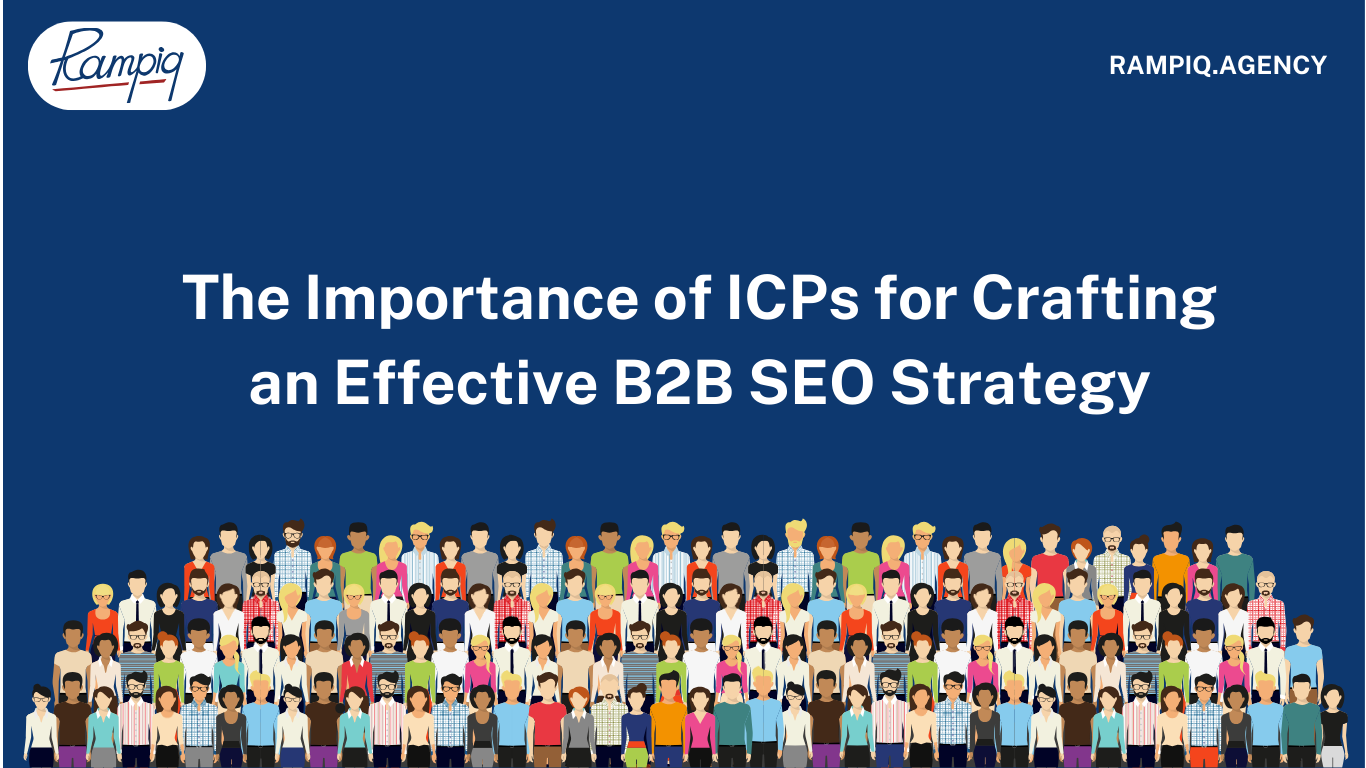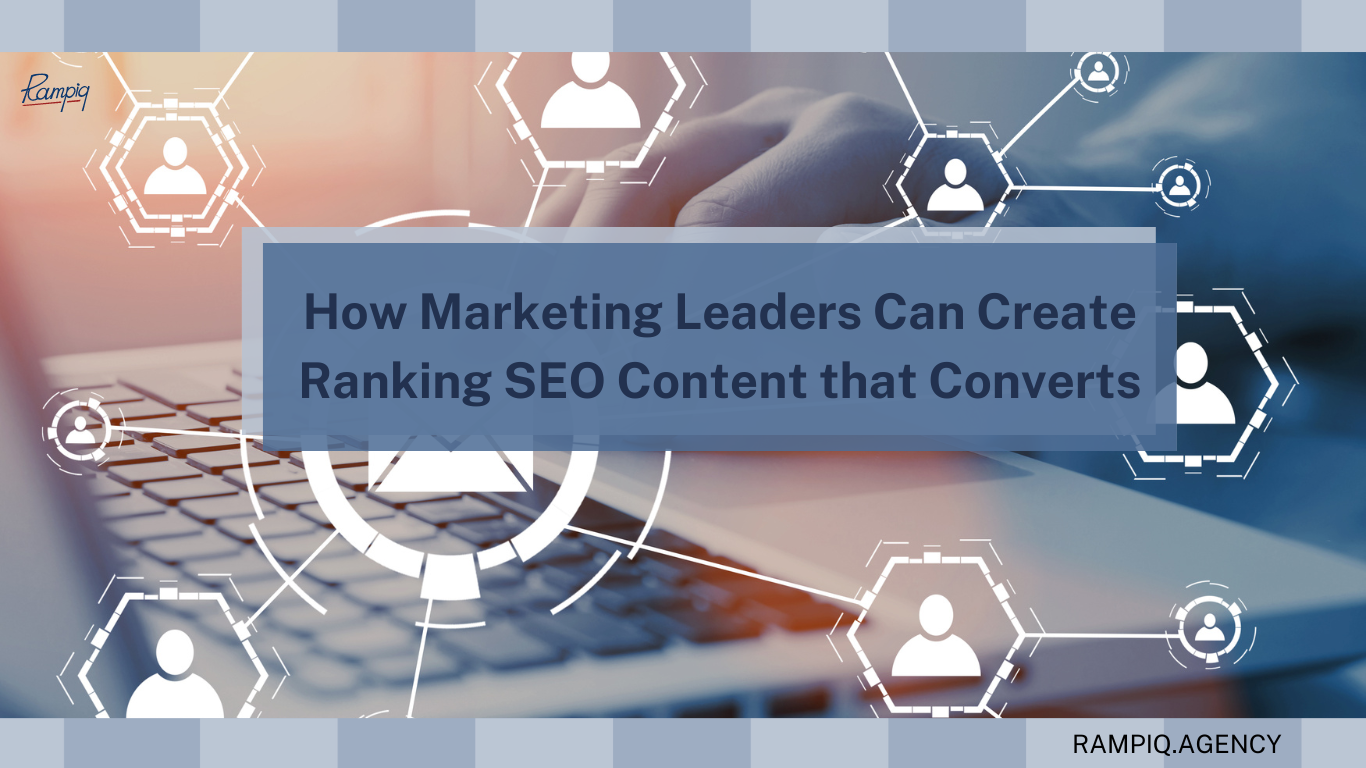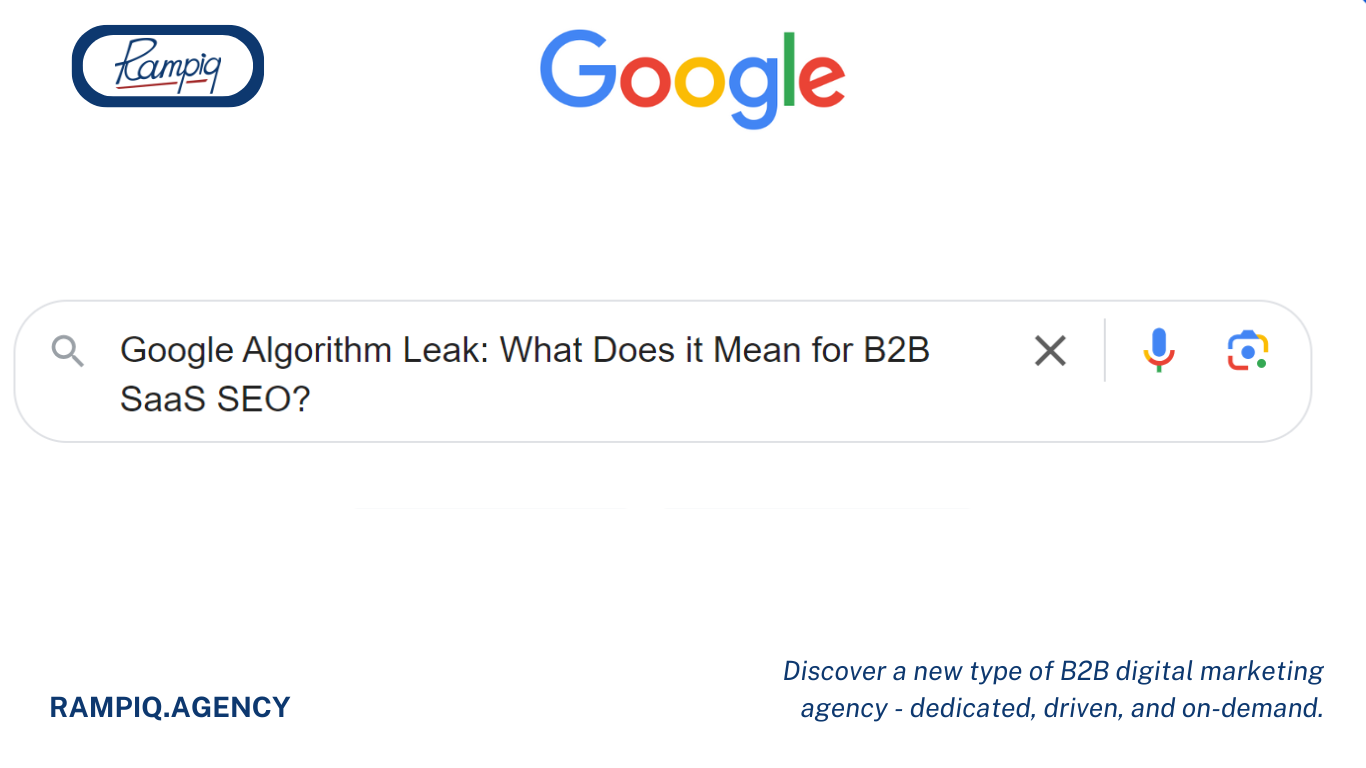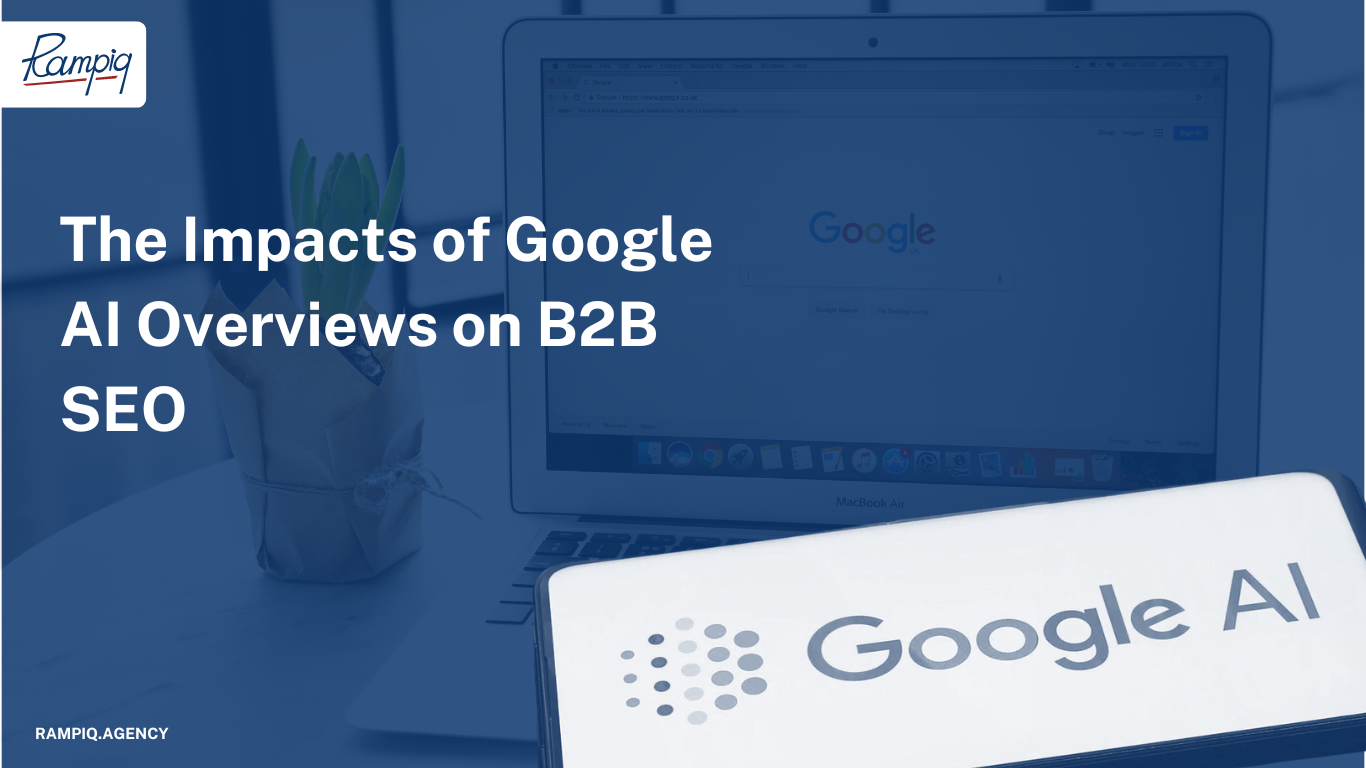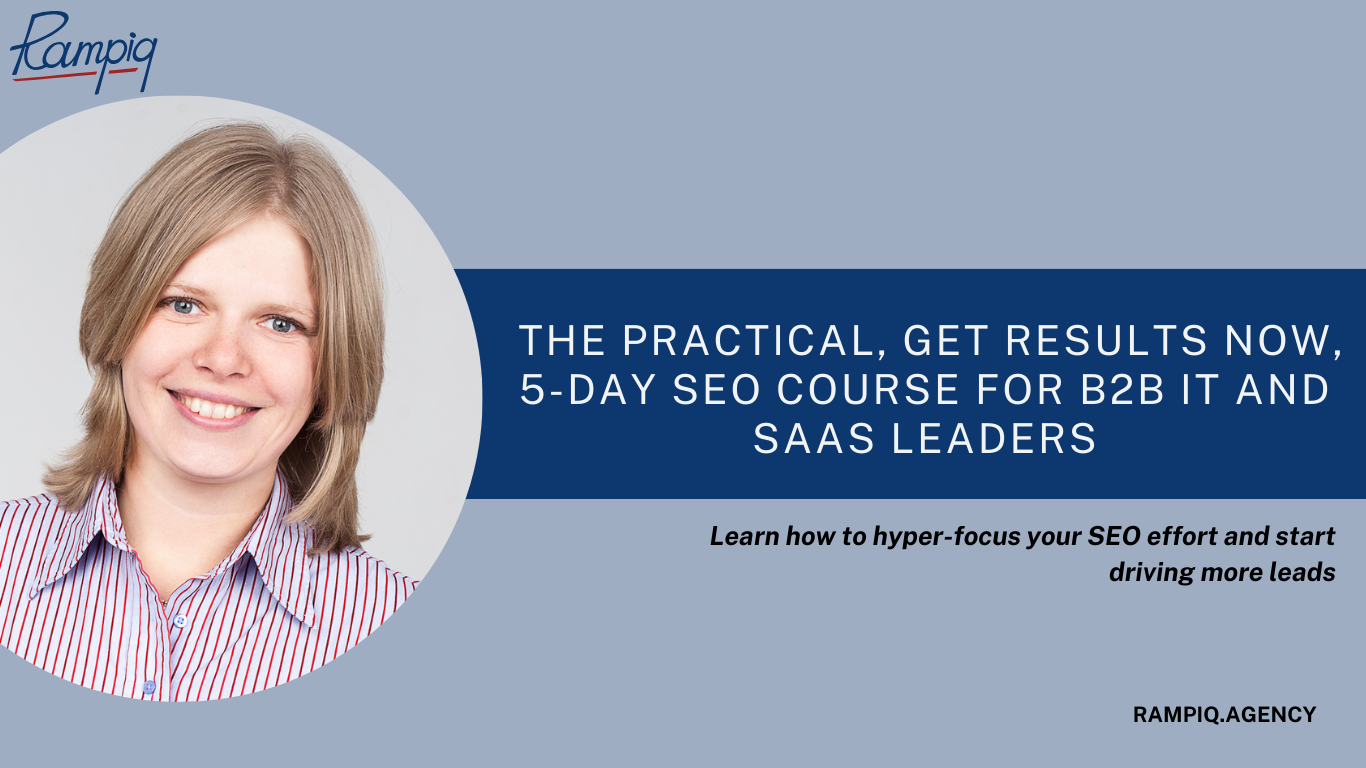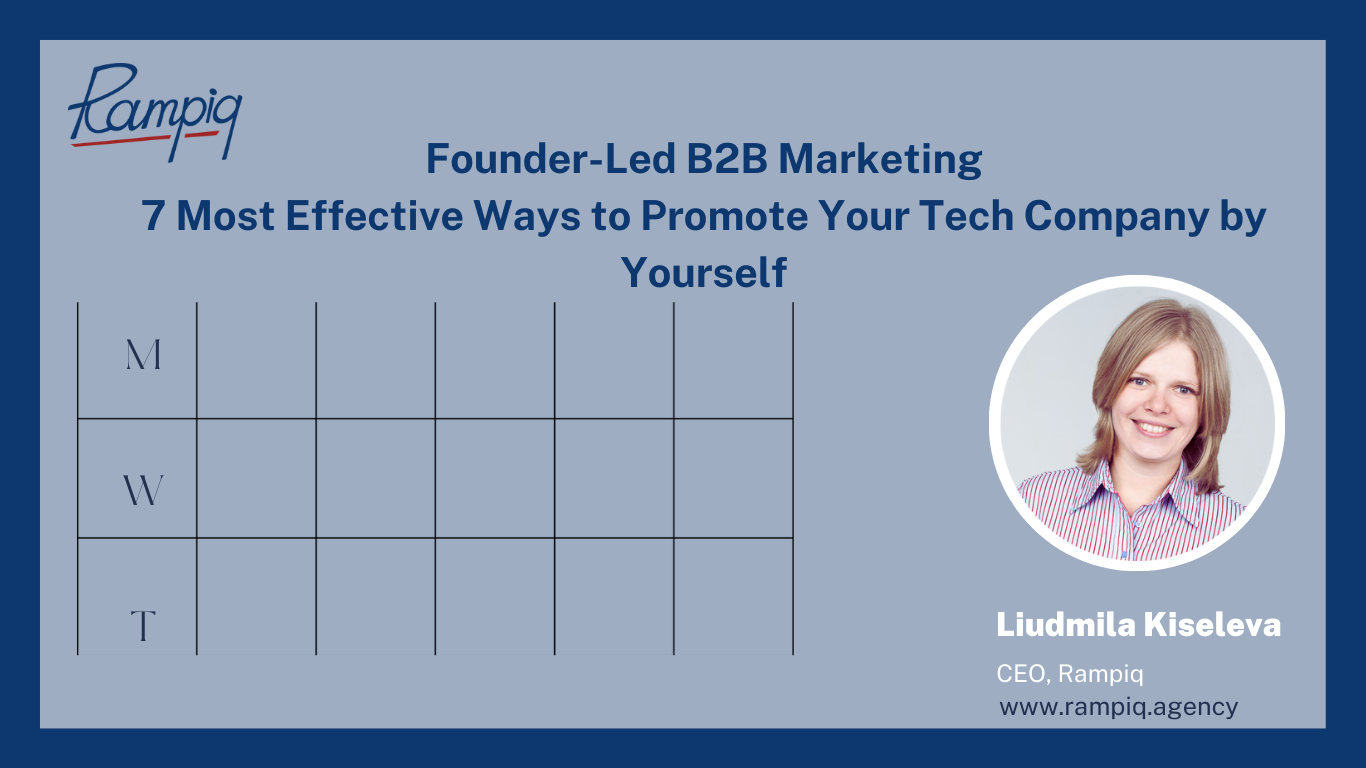What are Ideal Customer Profiles (ICPs)?
ICP stands for Ideal Customer Profile and is a structured description of customers that you want to do business with and whom you want to buy from you.
ICP is close to Buying Persona, however, these two are quite different in one important aspect:
- An ideal Customer Profile rather represents a business
- A buying Persona is a representative of this company who could benefit from your products and your services.
When our team is working on creating an ICP for our clients, who are B2B IT and SaaS companies, we define several stakeholders within it who together comprise a buying committee – the people within the company who contribute to the final decision to buy from your business.
The B2B buying committee typically consists of:
- Champions. These are the people who are usually in charge of initial product/vendor research. They attend discovery calls with you, prepare comparison reports, and provide information with personal takeaways from calls to the decision-makers.
- Decision-maker. This is a person who approves the deal and the budget.
- Influencer. Influencers don’t usually participate in research or negotiations, but their opinion affects the deal.
- Blocker. Blockers are the buying committee members who are not interested in your solution or might see a danger in it for themselves.
In B2B, purchasing decisions are rarely made by one role or person. The larger your client’s organization is, the more likely you will have to persuade 3-5 key stakeholders to buy from you. The catch is that you rarely will talk to them directly, but you will be evaluated from a range of angles, job responsibilities, and levels of approval.
That’s why your content and SEO strategy should appeal to ALL buying committee members: you need to look good and attractive for their needs in their various roles.
Let’s review an example:
Target software to sell: Online coaching platform.
Target services to sell: Business coaching.
Target company size: 1000+ people.
Industry: Tech companies.
In this example, the decision to purchase the software is very likely to be reviewed and influenced by:
- Champion. HR leader / People leader
- Decision maker. CEO in smaller companies / COO / VP of HR in larger organizations.
- Influencer. CIO / CTO as this platform may require integrations with legacy HRtech stack.
- Blocker. CFO / Compliance for budgeting or legal reasons.
Benefits of an ICP-Driven SEO Strategy
Building an SEO strategy based on ICP essentially means speaking your target audience’s language when creating all sorts of content. You address their problems and speak to their pain points, so that when they are introduced to your product or service, they say, “Hey, this is exactly what I need”.
In other words, building your SEO efforts around Ideal Customer Profiles gives you the following advantages:
- Establishing authority and thought leadership, by showing that you are an expert in this niche, you are aware of your ICP’s challenges and needs, and know how to address them effectively;
- Speaking in your audience’s jargon and terms;
- Tailoring content that resonates with the audience, by presenting solutions to their pain points;
- Building trust and credibility;
- Educating your target audience on how to solve their problems with the help of your product or service.
This makes the ICP the perfect foundation not just for SEO but for digital marketing efforts in general, as it helps create more personalized campaigns and allocate the available budget wisely by targeting those who need your services and are likely to buy from you.
Steps to Identifying Your Ideal Customer Profiles for SEO
At Rampiq, we help to build ICPs for startups, as well as established businesses that are discovering new markets. We also help to polish the ICPs for already established businesses. In either scenario, working on the Ideal Customer Profile requires collaboration with your team – because it is your team who knows your client portfolio inside out and has a clear idea of what type of companies you’d like to have more of in there.
This is essentially the key to identifying your Ideal Customer Profile – analyze your client portfolio by asking yourself the following questions:
- What are the clients that you have the best sales conversations with?
- What were the leads that were the easiest and quickest for you to sign up?
- What clients bring you the most money (have the highest CLTV, or customer lifetime value)?
- What is these clients’ feedback on your product or service?
- Which pain points do you address most effectively?
Your Ideal Customer Profile lies at the intersection of the answers to these questions. Wouldn’t it be great to have your entire client portfolio consist of such businesses?
Having ICPs as the foundation of your marketing strategy strives to do exactly that – laser-focus your efforts on attracting those leads who are most likely to convert and who you’ll enjoy working with, instead of spreading your marketing resources (and budget!) thin and having to filter out whatever the wide net brings you.
Creating ICP Profiles: Step-by-Step Walkthrough and Free B2B ICP Template
Once the ICPs have been identified, it is time to complete their detailed descriptions, and it all starts with an interview.
Step 1. ICP Interview. As a part of our SEO program, we interview the members of our clients’ teams to learn more about important ICP details.
Step 2. Writen-down ICP profile. After the interview, we create the Ideal Customer Profile document that lists key ICP parameters we reviewed during the interview.
Step 3. Validate the ICP document with the client’s team members.
This is an extremely useful exercise both for us and our clients:
- For us at Rampiq, this allows getting to know your business on a deep level, far beyond the knowledge of the niche that we already possess from the discovery phase of our partnership, to convert this knowledge later to keywords, content ideas, and content formats that will appeal to your ideal clients.
- On the other hand, our clients typically reflect that these interviews provide them with a different perspective on their business and help them understand their clients better, while also giving the sales reps valuable input to help convert leads into customers.
We at Rampiq have our own ICP design framework and a list of questions that we customize for each specific client before the interview as we prepare for it. We also send the ICP questionnaire to our clients, so that they can come prepared for the interview.
This list of questions covers such details as:
- the size of the business
- target industries
- annual revenue
- target location(s)
A crucial part of the interview is discussing the pain points of the ideal customer, as it provides an understanding of the search intent behind keywords and keyword phrases, and lays the foundation for on-site content optimization and overall content strategy.
The pain points are the answers to the questions “Why does our client need us?” and “How does our product/service help our clients?”, and this is what should lie at the heart of your value proposition and what should define your messaging across the entire sales cycle.
Free B2B ICP Profile Template – Download PDF
Interested in getting the full questionnaire and the template that we use for effective B2B ICP interviews and descriptions?
Download it here
How to Tailor Your SEO Strategies Using ICPs Insights
After we complete the interview and validate the Ideal Customer Profile document with our clients, we proceed with the SEO research to create an ICP-driven Growth Strategy. The first stage of this part of our work is keyword research, followed by content strategy and a consistent backlinks program.
1. Researching and Targeting High-Intent Keywords and Topics
The Ideal Customer Profiles help our team understand whether some keywords are too broad and generic – we wouldn’t want to throw a wide net and catch whatever it brings us for our client.
This would be inefficient, for a few reasons:
- Chasing rankings for generic keywords (“software development services”, for example), is hard – these terms have the highest and toughest competition.
- As a marketing team, we wouldn’t want to send our sales counterparts lots of leads that they would disqualify instantly – quality over quantity should be the name of the game.
- Although generic keywords have a high search volume, they might have a generic intent, while more specific, longer-tail keywords might indicate users who have a more defined request, These users are usually already to some extent educated on the services or products provided, thus being easier and faster to move down the funnel to conversion.
The ICP allows us to narrow down to industries, locations, technologies, company size, fundraising stage, and other criteria that would help turn a regular lead into a highly wanted one for our client. That is how generic “software development services” turns into high-intent “custom database development services” or “business automation consultants for insurance companies”, for example.
2. Creating/Optimizing Tailored Services Pages and Blog Posts
Besides using the client’s specialization in industry, location, or technology, we also pay attention to their ICP’s pain points and challenges. Our clients typically share these based on sales conversations they had, and a lot of times they quote these conversations – the most important things get stuck in their memory simply because they were repeated over and over again, by different people.
So naturally, these pain points help us phrase titles and headings better and guide copywriters in crafting messages that resonate with the audience matching the Ideal Customer Profile.
Besides that, pain points and challenges are the ultimate thing that provides us insight into what kind of content the target user craves. This, in turn, helps us identify informational keywords, which are the foundation for the content marketing strategy. The pain points help us drill into broad keyword groups as we search for narrower, longer-tail keywords.
Here are some common informational long-tail keyword types:
- “How to” keywords;
- “What is” keywords;
- Keywords containing “Research”, “Stats” or “Case study”.
Blog articles, case studies, and long-read guides created with such keywords help attract high-intent traffic to our clients’ websites. Through these posts, the users are smoothly introduced to the products and services of our clients as the solution to their challenges, while positioning them as experts right from the start.
This helps us build a customer journey that is aligned with the sales funnel via internal links and website structure and is filled with proof of expertise and authority throughout – services pages, case studies, and blog articles.
When focused on Ideal Customers’ pain points and challenges, the content strategy doesn’t beat around the bush, it answers the most important question of the Ideal Customer right away – “How do I solve this?” or “How do I address that?”, giving the person a sense of relief and security – “yes, these guys know my day-to-day and they helped companies like mine before”.
It is important to note that the insights drawn from the Ideal Customer’s pain points can be used not just for creating new content but also to optimize existing content, thus giving it a new life. Such optimizations and tweaks are something that Google’s ranking algorithm loves – together with other factors, they send Google a signal that the content is updated with the latest findings and freshest tips.
3. Building Targeted Backlinks and Establishing Authority
Besides researching competitors’ backlinks, we also ask our clients for their insight into niche websites that their Ideal Customers might use to search for their products and services and follow industry news. This is a very important question that we ask our clients when interviewing them about the Ideal Customer Profiles, and sometimes the answer is different from what we see in the competitors’ backlinks profiles.
Understanding where the Ideal Customers “hang out” allows us to add highly specialized websites to our link-building strategy, and even though such sites might not be the highest in traffic or domain rating, they might turn out to be pure gold when it comes to bringing our clients actual referral traffic and leads, not just “link juice” and domain authority.
How Detailed ICPs Help B2B Companies Win More Business
Let’s take a look at real-life examples of how thorough ICPs change the lead generation and sales game for our clients.
Case study: VERO Digital
VERO plays in a super-competitive niche of 3D visuals in real estate. They work with two very specific client profiles: architect studios and real estate companies. Knowing the pain points of both ICPs, we designed the content strategy that helped VERO get leads from blog articles (!) and doubled their organic visibility in weeks after the website relaunch.
See full case study: https://rampiq.agency/our-clients/vero/
Case study: Tigercomm
Tigercomm is a leading US cleantech communication firm. They operate in a relatively new but rapidly growing green economy and cleantech PR niche and their content needed to be tailored to the niche specifics. Tigercomm knew exactly whom they needed to target in terms of buying committee roles. We helped them optimize content aimed at expert positioning (podcasts, glossary) to drive visibility for keywords that convert to business, not just leads.
See full case study: https://rampiq.agency/our-clients/tigercomm/
